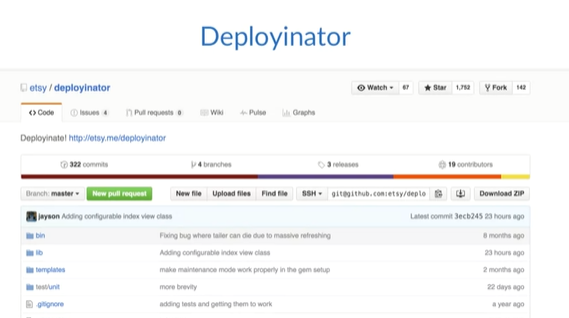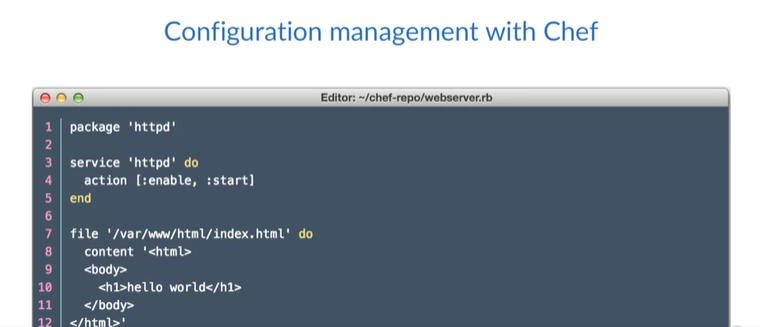Companies practicing DevOps
Etsy
Etsy, a marketplace for handmade and vintage items, serves over 54 million users, including 1.4 million sellers and nearly 20 million buyers. Etsy deploys code around 50 times daily.

Deployment vs. Release:
- Deployment: Pushing code changes to a production environment.
- Release: Making a feature accessible to end users.
Starting with a tech stack that required bi-weekly, four-hour maintenance windows, Etsy shifted to a DevOps model, introducing Deployinator for one-click deployments, even for new engineers on their first day. They also adopted Chef for configuration management.

By moving to frequent, small code changes, Etsy improved issue detection. They implemented a MySQL Cluster with master-master replication and an ORM, prioritizing stability over cutting-edge tools. Today, their core tech stack remains a reliable LAMP stack with Memcached for database caching.

Etsy’s transformation into a high-frequency deployment environment highlights the power of DevOps to streamline operations and improve deployment efficiency.
Netflix
Netflix recently completed a full migration to the cloud, utilizing a tech stack largely based on Java, with Git, Jenkins, and Nebula for continuous integration.
- Developers test locally with Nebula; after successful tests, they commit to Git.
- Jenkins handles builds, tests, and bundles using Nebula.

Application Deployment:
- Nebula creates an OS package, storing it in the repository upon successful testing.
- Jenkins then triggers Spinnaker, adhering to an immutable server model that pre-bakes OS and app code without later modifications.
Spinnaker uses Aminator to bake an AMI with the artifact, deploying to staging for review. For production, Netflix uses Spinnaker’s blue-green deployment model for smooth transitions.
In a large-scale, failure-prone environment, Netflix uses Simian Army tools like Chaos Monkey to test system resilience by randomly terminating services to ensure redundancy.
The Simian Army also includes Janitor Monkey for resource cleanup and Conformity Monkey to ensure all instances follow best practices, making failure handling a core part of Netflix’s strategy.
Amazon
Amazon initially operated as a monolithic application but transitioned to a microservices model for scalability and innovation.
- Adopting a "two-pizza teams" model, Amazon formed small teams (6-8 people) responsible for each product's full lifecycle.
- Teams gained autonomy in tool selection, taking responsibility for running their services in production and resolving issues, leading to a strong culture of thorough testing.
- A fully automated continuous delivery pipeline enabled extensive automation of testing and deployments, totaling over 50 million deployments in 2014 across thousands of teams.
Amazon shares its journey and practices on its tech blog, offering insights into its evolution toward a highly efficient development and deployment pipeline, with a distinct approach to achieving efficiency.